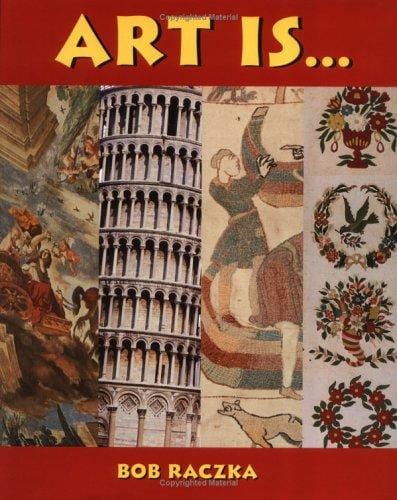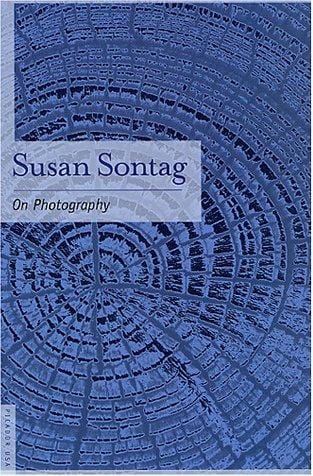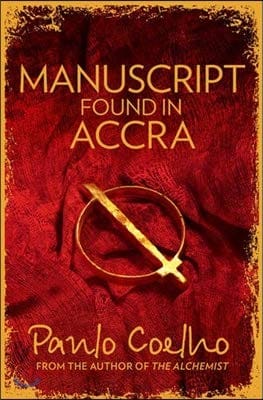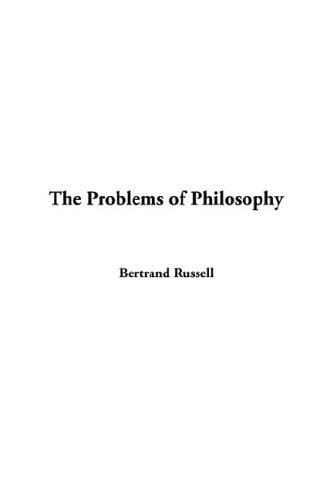Art Is... The Ever-Evolving Language of Humanity
From memory and protest to healing and community, art is the evolving language that captures humanity’s past, critiques its present, and imagines its future.

Introduction: Defining the Ellipsis
Ask a hundred people to complete the sentence “Art is…” and you will collect a hundred different answers, each colored by culture, experience, and emotion. The ellipsis after those two words signals that no single definition can neatly contain the entire spectrum of human creativity. Instead, art behaves like a living language, expanding and adapting as our societies change. This article explores several dimensions of that language, showing how art functions as memory, protest, healing, innovation, and community, while refusing to be confined by any single role.
Art Is Memory Preserved in Color and Form
Civilizations leave two enduring legacies: their archives and their art. Cave paintings in Lascaux, medieval tapestries, and contemporary photojournalism all crystallize memories that would otherwise dissolve with time. These visual diaries tell stories of migrations, battles, celebrations, and daily routines, giving future generations an emotional bridge to the past. When words fade or become inaccessible, images remain remarkably fluent, allowing us to revisit eras long gone and empathize with people we never met.
The power of art as memory lies in its ability to compress complex narratives into a single scene. One glance at Picasso’s “Guernica” communicates the horror of war more viscerally than any official report. In this way, art not only records events but also preserves the emotional residue they leave behind, ensuring that history retains its human dimension.
Art Is Protest Carved in the Public Imagination
Throughout history, creative expression has been a vessel for dissent. From the clandestine street murals of Banksy to the protest songs of the civil-rights era, art amplifies the voices of the marginalized and unsettles the comfortable. Its symbolic vocabulary can bypass censorship, turning walls, stages, and digital feeds into platforms of resistance. Because a painting or performance speaks in metaphor, it often transmits subversive messages that authoritarian regimes find harder to silence than overt political rhetoric.
Moreover, protest art recruits empathy. When the audience sees injustice embodied in a poignant image or lyric, abstract policy debates transform into personal moral imperatives. This transfer of feeling can galvanize communities toward collective action more effectively than data alone.
Art Is Healing Written in Invisible Ink
In hospitals, rehabilitation centers, and neighborhood workshops, creative activity serves as an antidote to trauma and isolation. The process of molding clay or composing melodies offers a safe space where pain can be transformed instead of repressed. Neurological studies reveal that artistic creation releases dopamine, lowers cortisol, and strengthens neural pathways related to resilience. Whether through dance that restores agency to survivors or painting sessions that help veterans externalize memories of conflict, art translates private suffering into shareable forms, fostering both self-understanding and communal empathy.
Even passive consumption can be therapeutic. A quiet afternoon in a gallery or a few pages of poetry can slow the heartbeat and widen the breathing rhythm, reminding us that beauty and meaning persist despite turmoil.
Art Is Innovation with a Human Pulse
Technology and art have always enjoyed a symbiotic relationship. The invention of oil paint enabled Renaissance masters to achieve unprecedented depth; photography revolutionized perspective; digital software has turned pixels into raw material. Today, artificial intelligence and virtual reality are pushing creative boundaries further, prompting new ethical and aesthetic questions. Yet the core remains human. Tools evolve, but the impulse to experiment, surprise, and communicate stays constant.
Artists often function as society’s research-and-development wing, imagining futures before engineers can prototype them. Consider how science-fiction films inspired touchscreens and video calls. By materializing speculative ideas, art invites the public to rehearse tomorrow, turning imagination into a rehearsal space for innovation.
Art Is Community Formed Around Shared Symbols
Walk into a stadium during a concert or join a local mural project, and you will witness art forging instant kinship among strangers. Shared rhythms, colors, and narratives synchronize heartbeats and dissolve social barriers. Museums curate not just objects but experiences that gather people under one roof to ponder humanity’s big questions. Online, fan artists build global micro-communities, exchanging reinterpretations of beloved characters and thereby extending the original artwork’s lifespan.
This communal dimension emphasizes that art is never a solitary act, even when created in isolation. The moment a viewer engages, a feedback loop begins, and meaning multiplies. Hence, artists become catalysts for conversations that can ripple across continents.
Art Is the Question Mark That Refuses to Close
If language seeks clarity, art often seeks ambiguity. It poses questions rather than final answers, inviting each observer to supply their own meaning. This open-endedness is essential to its vitality; the minute art becomes entirely predictable, it loses its grip on the imagination. By stretching the limits of perception, it encourages cognitive flexibility—a trait increasingly valuable in a complex, rapidly changing world.
Furthermore, the economy of art thrives on novelty. Galleries, streaming platforms, and street festivals depend on audiences craving the next thing that challenges their taste. This perpetual hunger ensures that art remains an inexhaustible frontier, forever redefining itself and, by extension, us.
Conclusion: Filling in the Ellipsis
So, what is art? It is memory, protest, healing, innovation, and community, all at once. Yet it is also an ever-shifting question mark that resists definitive closure. To say “Art is…” is to open a doorway, not to close one. Each viewer, listener, or reader steps through that doorway carrying their own history and emerges with a uniquely personal answer. By embracing this plurality, we honor the true essence of creativity—a living conversation that spans generations and geographies, forever unfinished, forever inviting us to participate.



